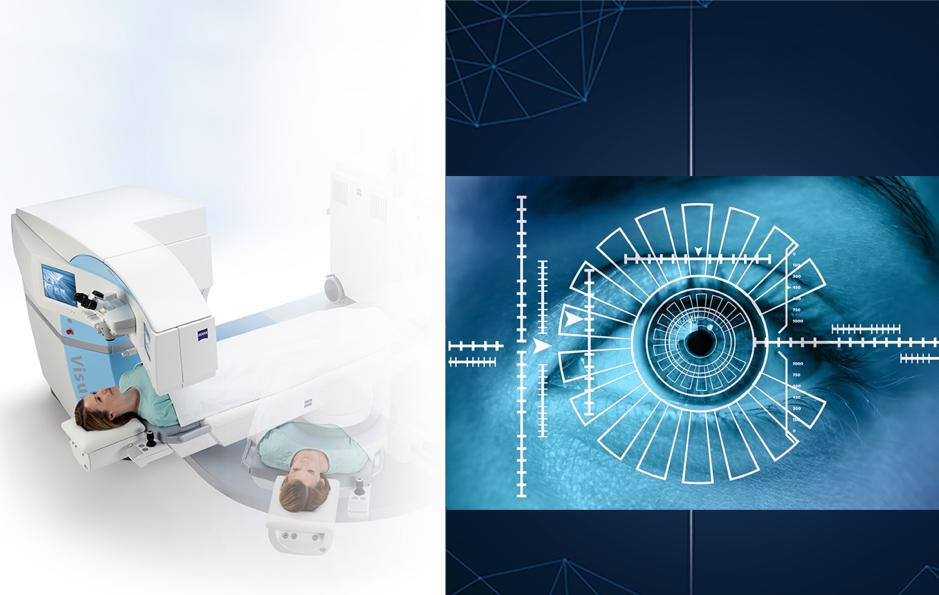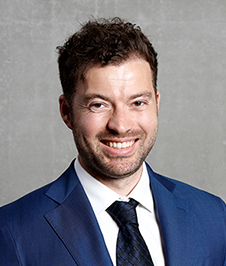Michael C. Knorz, Member of the EuroEyes International Medical Advisory Board and the Mannheim Medical Faculty of the University of Heidelberg, Mannheim on Robotic Eye Surgery.
Robots have fascinated us for years. However, our relationship with robots is very ambivalent: we fear and we admire them. We admire the precision with which they do work, but we are afraid of their purely logical decisions. These fears are, of course, very pronounced in medicine, an area in which we feel extremely vulnerable. Despite of those fears, surgery is an ideal area for the use of robots: a robot is not limited to two hands. It does not tremble and is fatigue-free. It can work through the smallest openings and reproducibly control any three-dimensional position. This enables surgical interventions in areas that would otherwise not be accessible.
The first operating robot to be used on a larger scale was the Da Vinci system from Intuitive Surgical in 2000. Around 5,000 systems are used worldwide today, including around 120 in Germany. The main area of application is prostate surgery. In addition to the Da Vinci, the Stryker MAKO surgical robot is used in orthopedics for knee and hip implants.

Robots in the field of ophthalmology
There are also some very interesting surgical robots in the field of ophthalmology. We hardly think of one, and many surgeons use it every day: the femtosecond laser for cataract surgery. The femtosecond laser is nothing more than an independently working robot that carries out the previously programmed steps with high precision: it opens the front capsule exactly in a circle, it cuts the lens nucleus into pieces of any shape, it performs intrastromal arcuate incisions for astigmatism correction in the cornea, and it prepares self-sealing corneal tunnel incisions in any position and configuration. A perfect tool to standardize and facilitate cataract surgery! The surgeon only monitors the work of the “laser robot”, he does not give any manual inputs (apart from pressing the foot pedal). In this sense, the femtosecond lasers used for ReLEx smile or Femto-LASIK are also surgical robots, as they replace manual cuts and also work independently. The same applies to an excimer laser with eye tracking, which performs the pre-programmed removal in the optimal position without the surgeons help.
Use in retinal surgery
Another robotic system that does not work independently is used for retinal surgery to support the surgeon. The Preceyes company from Eindhoven has developed a robot with which, among other things, epiretinal membranes can be removed very precisely. It has been used in clinical studies in Rotterdam since May 2019. The Preceyes system was designed to address two problems during surgery: On the one hand, the “micro-tremors” that are inevitable for each of us should be avoided or at least strongly dampened. On the other hand, the movement deflections of the instruments should be reduced considerably in order to be able to treat even the smallest structures. This works like a transmission in a car: the surgeon moves his hand e.g. 1 – 2 cm, the robot controlled by the surgeon only makes a movement of 0.5 – 1 mm. In this way, e.g., an injection into a retinal vein can be done which can hardly be imagined without this “robot”, and epiretinal membranes can be dissected much more precisely than without the assistance of the robot. Results of the study in Rotterdam are still pending, it remains to be seen whether the theoretical advantages will be clinically confirmed.
Ophthorobotics AG from Zurich has developed another robot. This robot corresponds to what we actually imagine as a robot surgeon: it carries out the surgery completely independently, a doctor is no longer required. The robot looks like a self-propelled stool. It is moved to the head of the patient lying down and the “seat” of the stool is pivoted over the patient’s head. From there, the robot takes over. He sterilizes the area around the eye, centers himself, has the patient fixate and automatically carries out an intravitreal injection. There is a prototype, but the latest news on the manufacturer’s homepage is from October 2018. So you have to wait and see whether and how this idea continues.
Even more futuristic are nano robots developed by the Max Planck Institute for Intelligent Systems 2018. These are injected into the vitreous cavity and then move under the influence of a magnetic field through the intact vitreous to the retina in order to release medication there. In pig eyes, the idea worked. No other data were reported since 2018.
To sum up, robots in ophthalmology are currently used routinely as “laser robots” in refractive surgery and cataract surgery only. Systems for vitreoretinal surgery are promising and are in clinical trials.
ABOUT EUROEYES
The EuroEyes Clinic Group is a globally successful company that was founded 26 years ago in Hamburg and has its headquarters there until today. In addition to locations throughout Germany, EuroEyes is also represented in China and Denmark. The company offers patients the full range of refractive surgery for the correction of visual disorders. Using state-of-the-art eye laser and lens surgery procedures, EuroEyes treats more than 25,000 patients each year with nearsightedness, farsightedness, astigmatism, presbyopia or cataract. The treatment enables the start of a life free of glasses and contact lenses without any impairment of visual quality.
Are you also interested in laser eye treatment at EuroEyes or would you like to find out more about us? Then please contact our service or fill out our contact form. We look forward to you!
Contact form (click here)
+49 40 348 09 29 0 – service center in Germany (English, German and Chinese)
Monday to Friday: 08:00 – 20:00
Saturday: 09:00 – 14:00


















Join our Newsletter